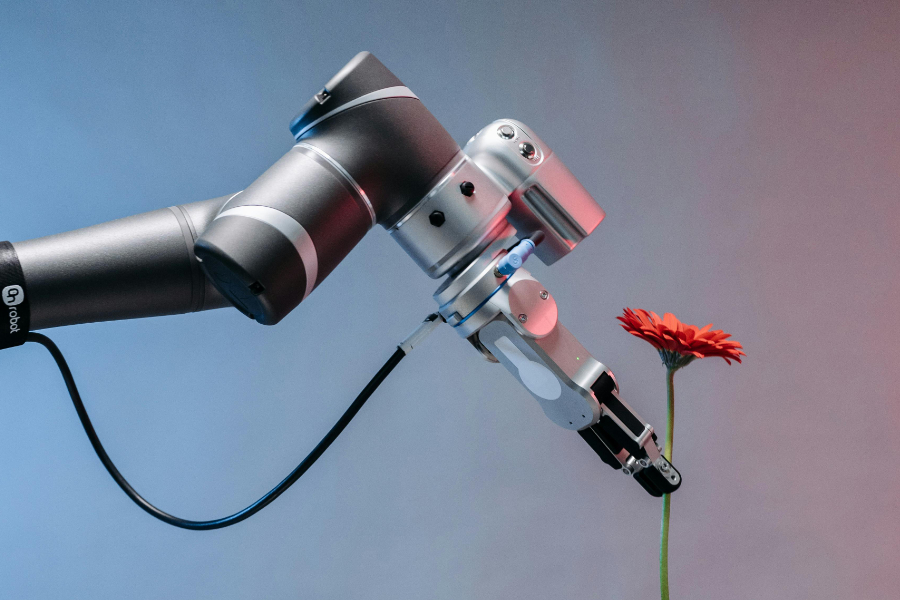There’s a certain kind of intelligence that doesn’t just respond—it initiates. That makes decisions not based on static prompts, but by sensing, adapting, and taking action on its own. This isn’t science fiction. It’s not even the future. It’s already here. And it has a name: Agentic AI.
Agentic AI marks a quiet but seismic shift in how artificial intelligence is built—and more importantly, how it behaves. Most of the AI systems we know today are reactive. They answer when asked. They complete tasks when prompted. They don’t initiate, they respond. Useful, yes. Transformative, not quite.
But Agentic AI doesn’t wait to be told what to do. It observes, reasons, decides, and acts in pursuit of a goal. It has objectives, memory, and the ability to course-correct. In other words, it behaves more like a person and less like a tool.
The difference between Intelligence and agency
To understand why this matters, you need to look at the distinction between intelligence and agency. Intelligence allows systems to process information and produce outputs. Agency allows them to do something with it.
Think of traditional AI as a brilliant assistant. You ask, it delivers. But Agentic AI is the colleague who notices the problem before you do, explores the options, flags the risk, and maybe even fixes it—without needing permission. That’s not just faster or more efficient. It’s a different kind of relationship.
What Agentic AI can actually do
So what does this look like in the real world? It’s not about robot arms taking over manufacturing or AI therapists dispensing life advice (though, yes, both exist). The more meaningful applications are surprisingly nuanced:
Workflows that think for themselves: Instead of waiting for a human to assign tasks, agentic systems prioritize, schedule, and reassign based on shifting goals.
Adaptive interfaces: These systems don’t just respond to queries. They learn your preferences and initiate helpful interactions—before you even realize you need them.
Knowledge workers with memory: They remember past decisions, learn from outcomes, and build a growing model of what “good” looks like in your context.
And no, it doesn’t always work perfectly. But when it does, it feels less like using a tool and more like collaborating with a (very focused) partner.
Why it’s not about replacing people
A lot of writing about AI gets stuck in the binary: it’s either the end of jobs as we know it or a utopia of frictionless productivity. The truth, as usual, is more interesting. Agentic AI doesn’t replace humans—it challenges us to rethink how we define productivity, decision-making, and even collaboration.
Agency requires trust. And right now, trusting machines to make autonomous decisions requires new kinds of oversight, governance, and cultural norms. It means designing systems that know when not to act, not just when to act fast. That’s not a bug—it’s the next big challenge.
Why this matters now
The leap to agency isn’t just technical. It’s psychological. For years, AI has been a backend tool. Invisible. Quiet. Predictable. But as these systems gain the ability to act, they become more visible—and more human-like. That has ripple effects in everything from UX design to ethics to brand trust.
And let’s be honest: not all organizations are ready for that leap. Agentic systems expose weak points—bad processes, unclear goals, legacy tech. But for companies willing to engage with that messiness, the upside isn’t just automation. It’s acceleration, exploration, reinvention.
Final thought: Don’t wait for the hype cycle
Agentic AI isn’t something to wait and see. It’s something to explore now—quietly, thoughtfully, without the noise of a product launch or the panic of disruption. Start small. Observe how agency changes the dynamic. Pay attention to what it gets wrong, and what it does that surprises you.
Because when intelligence grows into agency, the questions change. And sometimes, the answers do too.

